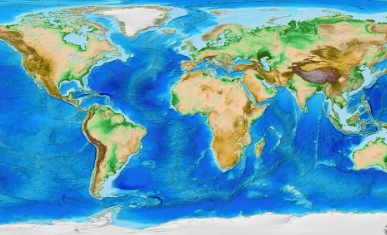The Earth’s Tectonic Puzzle: Unraveling Geomorphological Mysteries
Tectonic Plates: The Building Blocks of Earth’s Landscapes
– Tectonic plates are massive pieces of the Earth’s crust that float on the semi-fluid mantle beneath them
– These plates are constantly in motion, either colliding, pulling apart, or sliding past each other
– The interactions between tectonic plates create earthquakes, mountains, and volcanic activity
– The movement of tectonic plates also influences the distribution of landmasses and ocean basins on Earth
Plate Boundaries: Where the Action Happens
– There are three main types of plate boundaries: convergent, divergent, and transform
– Convergent boundaries occur when two plates collide, creating mountains, deep ocean trenches, and volcanic arcs
– Divergent boundaries occur when two plates pull apart, leading to the formation of rift valleys and mid-ocean ridges
– Transform boundaries occur when two plates slide past each other horizontally, causing earthquakes and fault lines
The Role of Tectonics in Shaping Earth’s Surface
– Tectonic processes play a crucial role in shaping Earth’s landscapes, from the formation of majestic mountain ranges to the creation of vast ocean basins
– Volcanic activity, earthquakes, and tsunamis are all consequences of tectonic plate movements
– The global distribution of continents and oceans is constantly changing due to the movement of tectonic plates
Unraveling the Mysteries of Earth’s Geomorphology
– Scientists use a variety of tools, such as GPS monitoring, seismology, and satellite imaging, to study tectonic plate movements
– Understanding the dynamics of tectonics helps us predict and mitigate the impact of natural disasters, such as earthquakes and volcanic eruptions
– By unraveling the mysteries of Earth’s geomorphology, we gain a deeper appreciation for the dynamic processes that have shaped our planet over millions of years
In conclusion, the study of global tectonics is essential for unraveling Earth’s geomorphological mysteries and understanding the forces that shape our planet’s landscapes. Through ongoing research and exploration, we continue to make new discoveries about the dynamic processes that have shaped our world.

